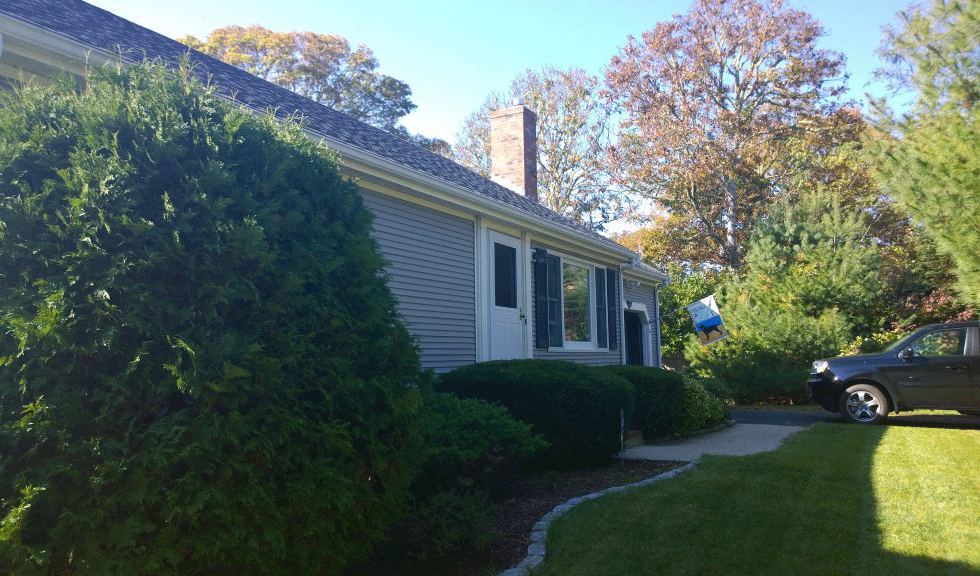By Tom Groening
For many New Englanders, Cape Cod is a beach-rimmed vacation destination. But it also may be understood as a canary in the coal mine.
The Maine coast and Cape Cod differ in many ways, but one thing they share is a housing market pressured by seasonal residency and vacation rentals. Towns on the Cape, like many Maine coastal and island communities, are seeing housing costs rise well above what teachers, police officers, nurses and therapists, and office clerks can afford. In Maine, those who can’t afford to live in Portland, Boothbay Harbor, or Camden can at least drive to jobs there from towns that lie 20 miles or so inland. That option is unavailable to towns on the outer Cape.
While Cape Cod’s housing crisis is not yet Maine’s, a study and recommendations from that part of New England are instructive for our neck of the woods.
“Housing on Cape Cod: The High Cost of Doing Nothing,” prepared by David M. Quinn of Housing Assistance Corp. and Stefanie S. Coxe of Nexus Werx, was published earlier this fall.
“The reasons behind this crisis are simple,” it notes. “Since Cape Cod is a desirable location to live and vacation, non-residents and investors are increasingly buying existing year-round properties and converting them into short-term rentals or keeping them for their own occasional use. The stock of year-round housing is rapidly depleting,” driving prices out of reach for many.
According to the website Zillow, the median price for a house in Eastham, a town just east of the Cape’s “elbow,” is $506,000. In Harwich, just west of the elbow, it’s $429,000. A two-bedroom, one-bath house for rent well away from the shore in Dennis is listed at $1,750 per month.
Seniors will be most impacted by the housing crisis, according to the report, because the shrinking workforce will mean a shortage of health care workers.
“Certified nursing assistants (CNAs) and other healthcare workers will not drive long distances for short shifts and low wages…”
That’s just one example of the ripple effect.
“What impacts one segment of the housing market affects the rest,” the report argues. “Lack of housing inventory for middle-income renters means that they compete with low-income renters for the limited housing available. Lack of housing impacts the economic competitiveness of the region…”
Currently, there are some 60,000 second homes on the Cape, and research shows 72 percent are vacant most of the year. Among the report’s recommendations is “Rent 365,” a Housing Assistance Corp. initiative to get those owners to rent to a year-round tenant.
The argument is that a year-round tenant will mean less wear-and-tear on the house, and that leases can be drafted to allow the owner to use the property for a two-week vacation while the tenant goes elsewhere. The report recommends offering a tax abatement for landlords who rent their property year-round.
Another recommendation is to make it easier for year-round homeowners to build accessory dwelling units, such as over-the-garage apartments, basement apartments, or small cottages on the property. The Cape Cod Commission created a model bylaw addressing design, environmental, and aesthetic standards for such structures.
The third recommendation is for towns to update their zoning ordinances and consider allowing denser development in village centers, “where adequate infrastructure and services are already in place,” to create “more housing units per acre.”
Building apartments with public and private funds that are affordable for younger people entering the workforce also must be part of the mix, the report notes. One creative approach on that front mentioned in the report is Yarmouth’s drafting of new regulations that encourage the demolition and redevelopment of old motel properties.





